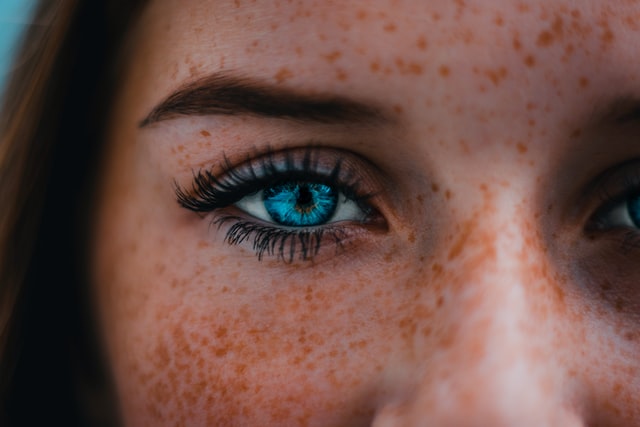 AI
AI
 AI
AI
 AI
AI
A new report says fake accounts with computer-generated faces are now a thing on the professional networking website, LinkedIn.
Renée DiResta of the Stanford Internet Observatory, who had made a name for herself in the past analyzing Russian disinformation campaigns online, said she began the research after she came across a profile on the website that had tried to connect with her.
The person asked her, “Quick question — have you ever considered or looked into a unified approach to message, video, and phone on any device, anywhere?” The bio in this person’s profile included an undergraduate business degree from New York University. Some of the interests included CNN and Melinda French Gates.
Something just didn’t look right about the profile image, and that’s because the person didn’t really exist. It was generated by artificial intelligence. DiResta and her colleagues then got to work looking for more artificial profiles on the website and soon they had more than a thousand profiles they believed were not real people.
Although deepfakes are often used in the context of bullying and in some cases political matters, it seems in this case the objective of the digital chicanery is simply to spread the word about a business. The deepfakes, while unethical, are basically posh spam, and if you do as you’re asked by the fake profile, you’ll just be taken to a real-life salesperson.
According to NPR, which looked into the matter, when these real people were asked about the deepfakes, they said they knew only that “outside marketers” had been hired. But they had no idea computer-generated images were being used as a kind of digital cold caller.
There’s nothing illegal about using such images, and now that deepfake images can fool most people who are not actually looking for a flaw, the practice is a cheap way of drumming up business. Nonetheless, LinkedIn, owned by Microsoft Corp., removed the profiles after being informed about them.
“Our policies make it clear that every LinkedIn profile must represent a real person,” LinkedIn spokesperson Leonna Spilman told NPR. “We are constantly updating our technical defenses to better identify fake profiles and remove them from our community, as we have in this case. At the end of the day, it’s all about making sure our members can connect with real people, and we’re focused on ensuring they have a safe environment to do just that.”
Support our mission to keep content open and free by engaging with theCUBE community. Join theCUBE’s Alumni Trust Network, where technology leaders connect, share intelligence and create opportunities.
Founded by tech visionaries John Furrier and Dave Vellante, SiliconANGLE Media has built a dynamic ecosystem of industry-leading digital media brands that reach 15+ million elite tech professionals. Our new proprietary theCUBE AI Video Cloud is breaking ground in audience interaction, leveraging theCUBEai.com neural network to help technology companies make data-driven decisions and stay at the forefront of industry conversations.